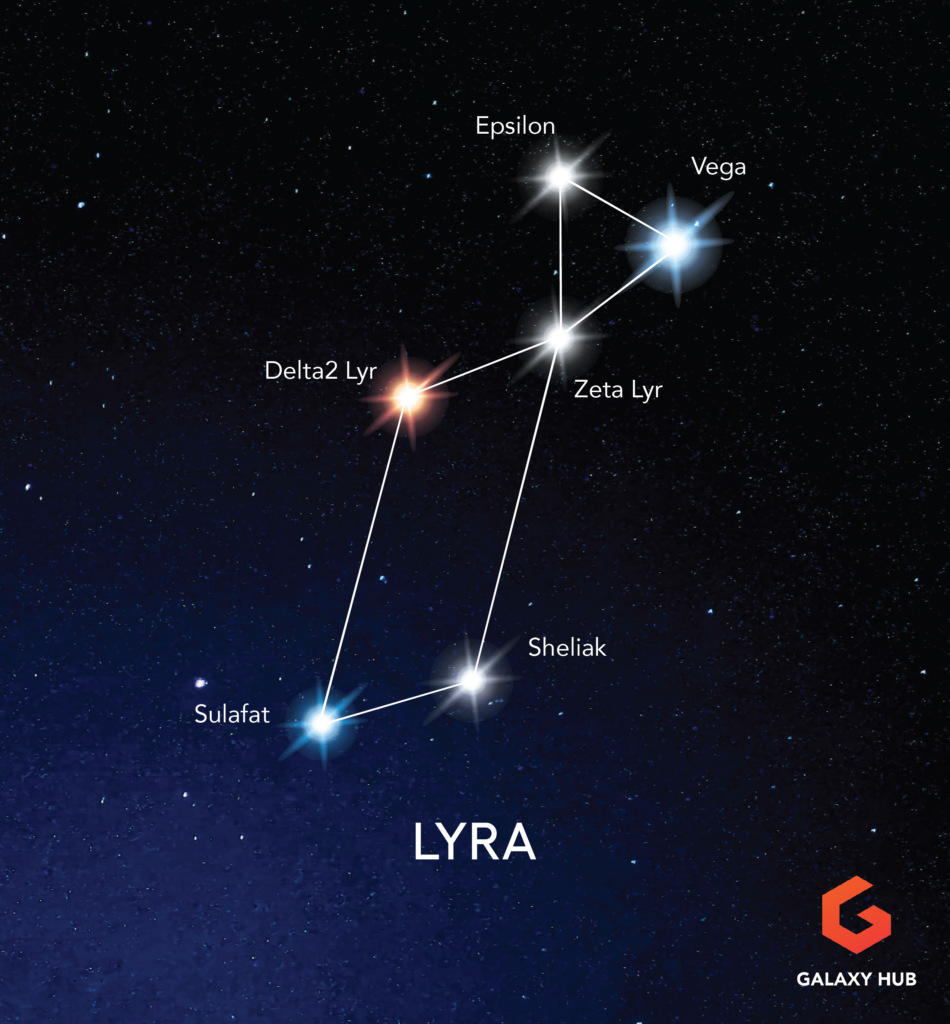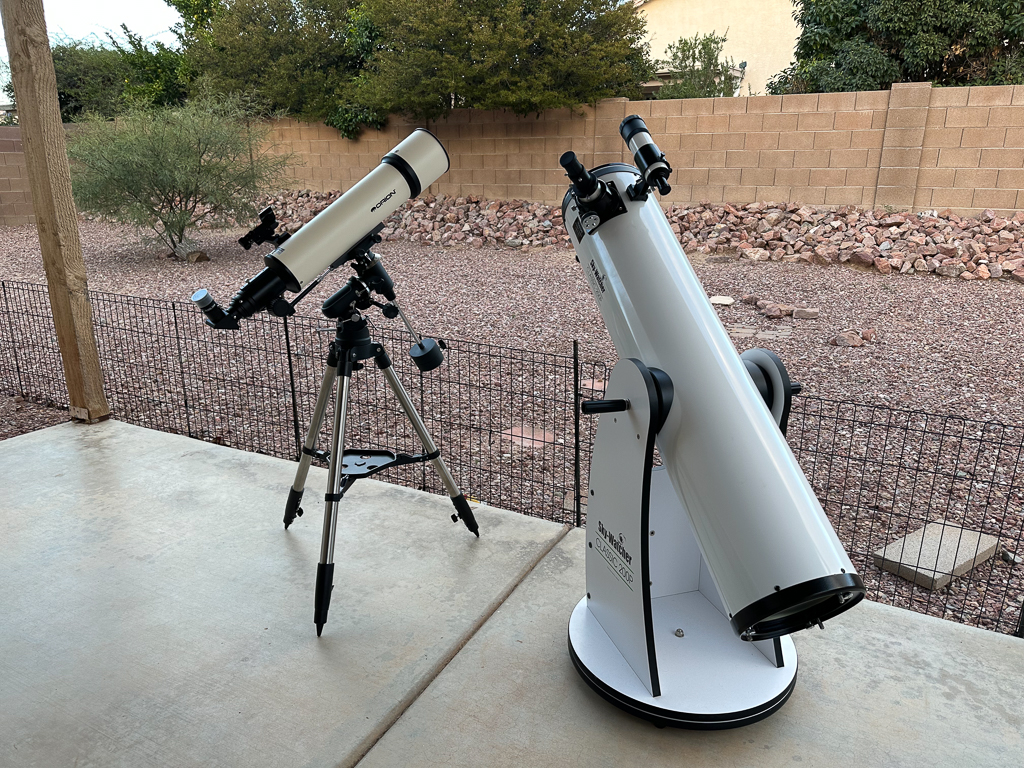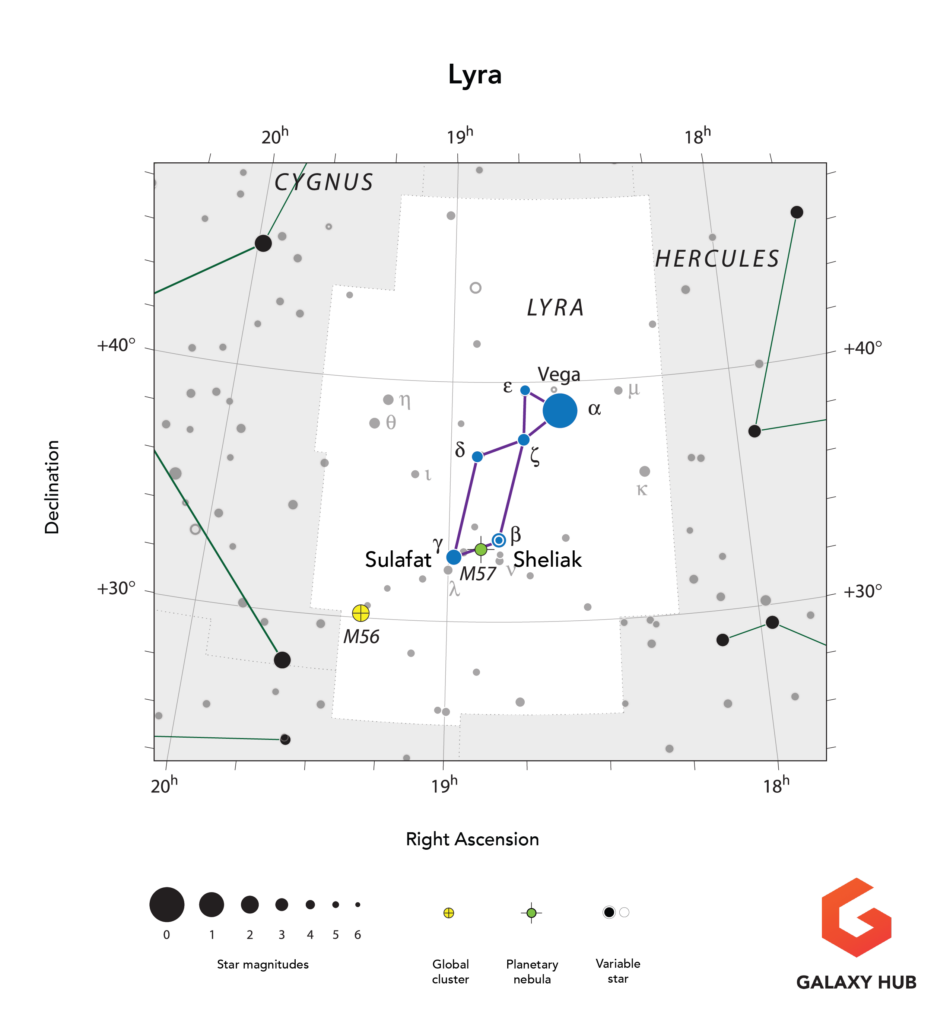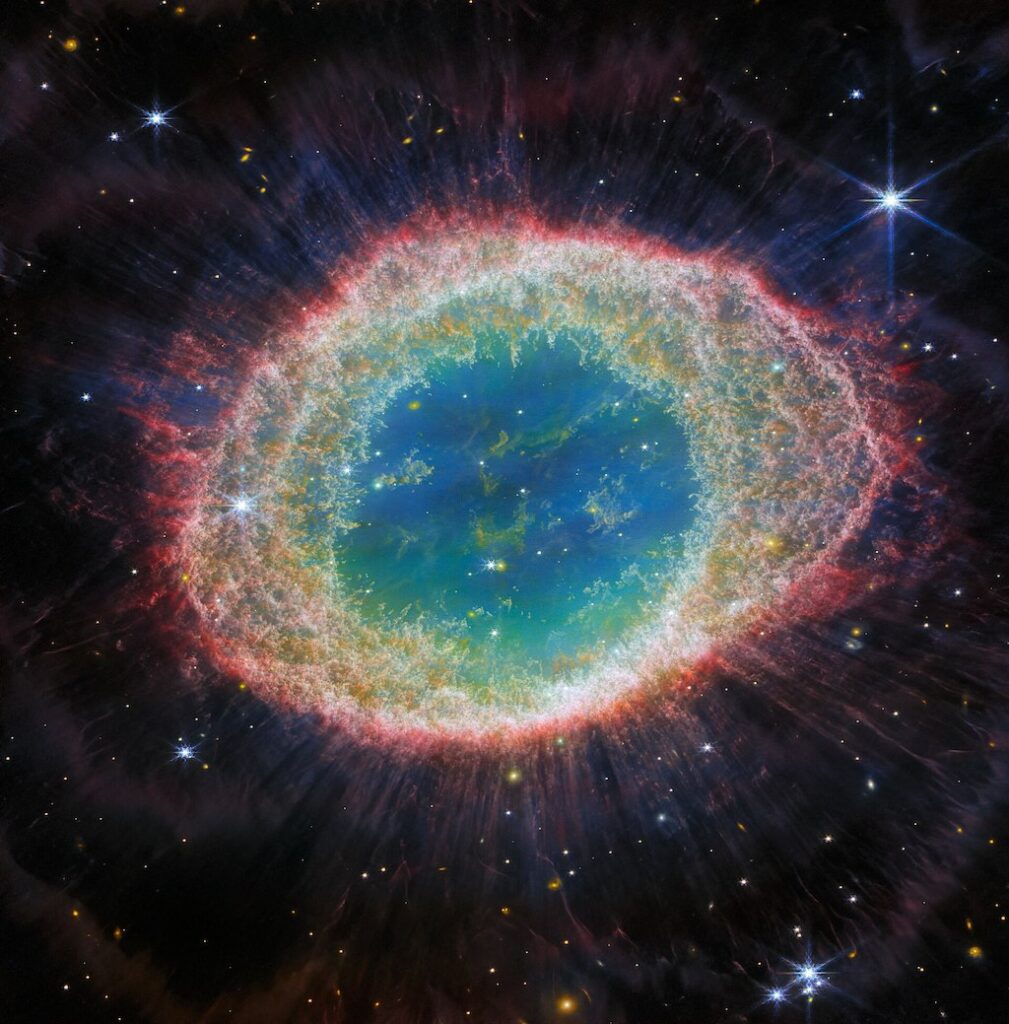The Ring Nebula (M57), located in the constellation Lyra, is a captivating celestial beauty that has captivated astronomers and stargazers for centuries.
In this comprehensive guide, we will delve into the intricate details of finding, observing, and appreciating the Ring Nebula, providing step-by-step instructions, insights into different telescopes, optimal viewing times, filter recommendations, and star hopping techniques.
Optimal Viewing Times in the Northern Hemisphere
To pinpoint the Ring Nebula at its celestial best, understanding the nuanced dance of the night sky throughout the months is crucial. The northern hemisphere’s seasonal shifts create specific windows of opportunity for optimal viewing.
Late Spring (May): As May unfolds, Lyra begins to make its entrance into the northern night sky. During the early part of the month, observers can catch the first glimpses of Lyra’s distinctive parallelogram, laying the groundwork for Ring Nebula observations. Around midnight, Lyra climbs above the eastern horizon, becoming more prominent as the night progresses.
Early Summer (June): Lyra takes center stage in June, reaching its highest point in the sky during the late evening and early morning hours. Around midnight, the constellation is positioned nearly overhead, providing an ideal vantage point for Ring Nebula observations. This alignment maximizes the atmospheric conditions’ favorability, offering stargazers a clear line of sight with reduced atmospheric interference.
Midsummer (July): July continues to be a prime month for Ring Nebula observations. Lyra remains prominent, and the longer nights afford ample time for stargazing adventures. Around midnight, when Lyra is at its zenith, the Ring Nebula beckons with enhanced clarity and detail.
Late Summer (August): Although Lyra starts its descent in late summer, August still provides excellent opportunities for Ring Nebula viewing. In the earlier part of the month, Lyra remains well-placed for observation around midnight, gradually transitioning towards the western horizon as the night progresses.
Considerations for Each Month:
- May: Begin your observation sessions in the latter part of the night as Lyra becomes visible, progressively extending your stargazing duration.
- June: The peak of Lyra’s visibility around midnight offers an optimal time frame for capturing the Ring Nebula’s intricate features.
- July: Enjoy extended stargazing sessions, taking advantage of Lyra’s high position in the sky during the late evening and early morning.
- August: While Lyra begins its descent, early to mid-August remains favorable for Ring Nebula observations, especially in the first half of the night.

Telescopes and Optics
Choosing the right telescope is key to unlocking the Ring Nebula’s beauty. Various telescope types and sizes can be employed, each offering a unique perspective.
- Refractor Telescopes: With their clear and crisp views, refractors are excellent for observing planetary nebulae like the Ring Nebula. A refractor with an aperture of 3 inches or more will reveal details.
- Reflectors: Newtonian reflectors, with their larger apertures, excel in capturing the faint light of deep-sky objects. A reflector with an aperture of at least 6 inches will unveil more intricate details.
Good to know: The Ring Nebula, also known as Messier 57 (M57), boasts an apparent magnitude of approximately 8.8, representing its brightness as perceived from Earth. M57 is about 2,283 light years from Earth and is about a light-year in diameter, according to NASA.

Filters for Enhancing Views
To elevate your Ring Nebula observations, consider incorporating specialized filters into your telescope setup. These filters can enhance contrast, minimize light pollution, and reveal intricate details within the nebula. Here are a few noteworthy options:
- Oxygen III (OIII) Filter: This filter is a valuable asset for planetary nebulae observation, including the Ring Nebula. By isolating the doubly ionized oxygen emissions, which emit light at specific wavelengths, the OIII filter enhances contrast and brings out the intricate structures of the nebula. It’s particularly effective in revealing the subtle details that might go unnoticed in unfiltered views.
- Ultrablock Filter: Light pollution can hinder observations of faint structures within the Ring Nebula. The Ultrablock filter is designed to mitigate these effects by selectively transmitting certain wavelengths associated with nebulae while blocking out common sources of light pollution. This filter enhances visibility, allowing you to appreciate the delicate features of the Ring Nebula even under less-than-ideal sky conditions.
Observing Color in the Ring Nebula
Now, let’s dive into the intriguing world of color when it comes to the Ring Nebula. It’s a bit like an astronomical mystery—some observers claim to catch a hint of green in the mix. However, our eyes have their quirks, especially when immersed in the soft glow of celestial wonders during those late-night observations.
In the dim light of the night sky, our vision tends to lean towards monochrome, favoring shades of grey rather than vivid colors. Still, the Ring Nebula has a reputation for being a bit elusive in this regard. Some say it reveals a subtle greenish hue, adding a touch of character to its cosmic dance.
It’s worth noting that the color palette we perceive can be as personal as our stargazing experiences. What one person sees as a gentle green, another might interpret as a delicate hint of turquoise or even a soft blue. The magic lies in the uniqueness of individual perceptions.
Star Hopping Techniques
Navigate the night sky with star hopping techniques to pinpoint the Ring Nebula:
- 1. Identify Lyra: Begin by locating the distinctive parallelogram of Lyra. The Ring Nebula lies between the two stars forming the southern side of the parallelogram.
- 2. Find Vega: The bright star Vega serves as a reference point.
- 3. Move your gaze from Vega towards the parallelogram.
- 4. Focus on either Sulafat or Shekiak as seen in the map below. Then just take a straight line slowly moving between those two. The nebula will be near the middle of your line. It will likely look like a small gray smudge or “Frootloop.” With some practice, this will become very easy to find.

Conclusion
Observing the Ring Nebula is a rewarding experience that unveils the breathtaking beauty of our cosmos. Armed with this detailed guide, you’re equipped to embark on a celestial journey, exploring the intricacies of one of the most iconic planetary nebulae in our night sky. Whether you’re a beginner or an experienced observer, the Ring Nebula promises a mesmerizing spectacle that will leave a lasting impression on your astronomical adventures.
Feature photo by: ESA/Webb, NASA, CSA, M. Barlow, N. Cox, R. Wesson







